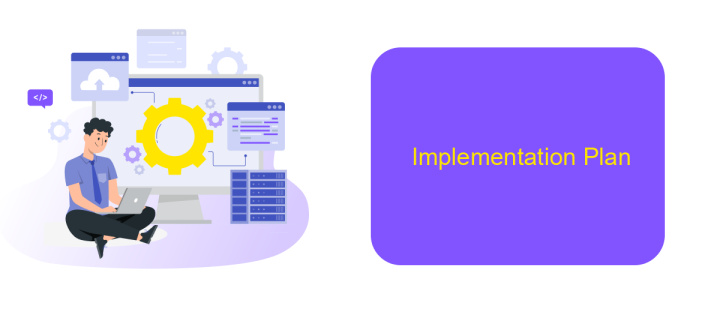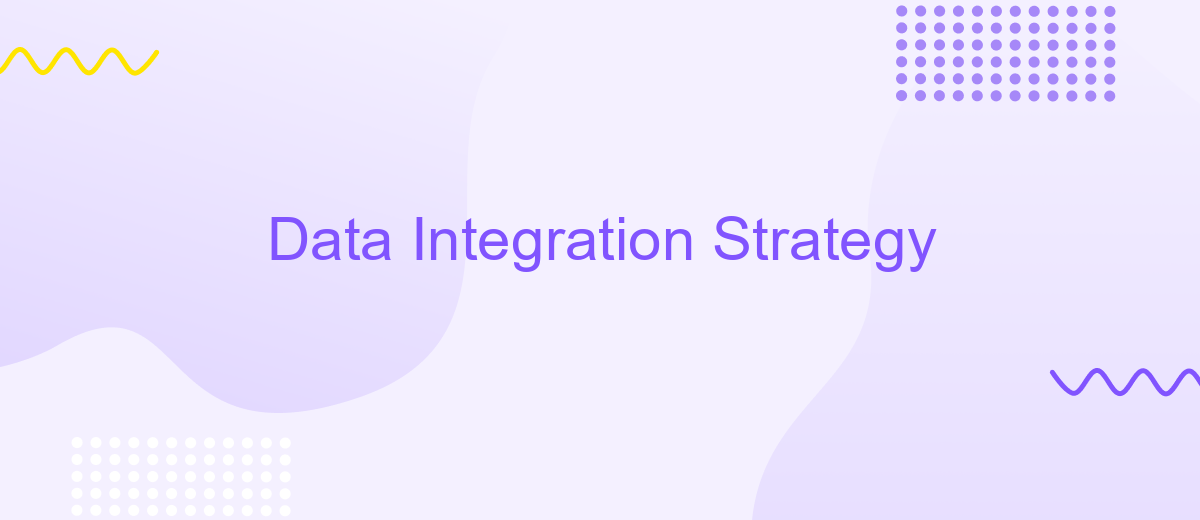Data Integration Strategy
In today's data-driven world, a robust data integration strategy is essential for businesses aiming to leverage their diverse data sources effectively. By seamlessly combining data from various systems, organizations can gain comprehensive insights, enhance decision-making, and drive operational efficiency. This article explores key components and best practices for developing a successful data integration strategy that aligns with your business goals.
Executive Summary
Data integration is crucial for modern businesses aiming to leverage their data for strategic decision-making. A well-structured data integration strategy ensures seamless data flow across various systems, enhancing overall operational efficiency.
- Identify key data sources and their integration requirements.
- Choose appropriate integration tools and platforms.
- Implement data governance and security measures.
- Monitor and optimize data integration processes continuously.
Utilizing services like ApiX-Drive can simplify the integration process by providing a user-friendly platform for connecting various applications and automating data workflows. By adopting a comprehensive data integration strategy, businesses can achieve higher data accuracy, improved analytics, and better decision-making capabilities.
Data Integration Landscape

The data integration landscape is continuously evolving, driven by the increasing need for businesses to seamlessly connect disparate data sources. Modern organizations utilize a variety of data integration techniques, including ETL (Extract, Transform, Load), data virtualization, and API-based integrations, to ensure that data flows smoothly across systems. These methods enable companies to consolidate data from different platforms, providing a unified view that supports better decision-making and operational efficiency.
One notable tool in this landscape is ApiX-Drive, which simplifies the integration process by offering a user-friendly platform for connecting various applications and services. By leveraging pre-built connectors and automated workflows, ApiX-Drive allows businesses to integrate their data sources without the need for extensive coding or technical expertise. This not only accelerates the integration process but also reduces the risk of errors, ensuring that data is consistently accurate and up-to-date. As a result, companies can focus more on analyzing data and driving strategic initiatives rather than getting bogged down by integration challenges.
Data Integration Strategy

Data integration is a critical component for any organization aiming to streamline operations and improve data accessibility. A well-defined strategy ensures that data from various sources is consolidated, cleaned, and made available for analysis and decision-making.
- Identify Data Sources: Determine all the data sources that need to be integrated, such as databases, cloud services, and third-party applications.
- Choose Integration Tools: Select the right tools and platforms for data integration. ApiX-Drive, for example, offers a user-friendly interface and robust features for seamless integration.
- Data Mapping and Transformation: Define how data from different sources will be mapped and transformed to ensure consistency and accuracy.
- Implement Security Measures: Ensure that data security and compliance requirements are met during the integration process.
- Monitor and Maintain: Regularly monitor the integration process and make necessary adjustments to maintain data quality and performance.
Implementing a comprehensive data integration strategy not only enhances operational efficiency but also provides valuable insights for strategic decision-making. By leveraging tools like ApiX-Drive, organizations can simplify the integration process, ensuring that accurate and timely data is always available.
Implementation Plan

Implementing a successful data integration strategy requires careful planning and execution. The first step involves assessing the current data landscape, identifying key data sources, and understanding the specific integration needs of the organization. This foundational assessment ensures that all relevant data points are considered and appropriately mapped.
Next, it is essential to select the right tools and technologies that will facilitate seamless data integration. ApiX-Drive is an excellent choice for this purpose, offering a user-friendly interface and robust capabilities to connect various data sources effortlessly. The platform supports numerous integrations, making it easier to unify data from disparate systems.
- Conduct a comprehensive data audit
- Identify and prioritize data sources
- Select appropriate integration tools like ApiX-Drive
- Develop a detailed integration plan and timeline
- Test integrations thoroughly before full deployment
Finally, ensure continuous monitoring and optimization of the integrated data systems. Regularly reviewing the integration process helps in identifying potential issues and making necessary adjustments. This proactive approach ensures that the data integration strategy remains aligned with the organization's evolving needs and objectives.
- Automate the work of an online store or landing
- Empower through integration
- Don't spend money on programmers and integrators
- Save time by automating routine tasks
Evaluation and Governance
Effective evaluation and governance are critical components of a robust Data Integration Strategy. Regular assessments ensure that the integration processes are aligned with business goals and comply with data governance policies. This involves continuous monitoring of data quality, performance metrics, and compliance requirements. Tools like ApiX-Drive can be instrumental in this process, offering seamless integration capabilities and real-time analytics to track and optimize data flows.
Governance frameworks should be established to define roles, responsibilities, and protocols for data management. This includes setting up data stewardship roles and implementing data security measures to protect sensitive information. ApiX-Drive's user-friendly interface allows for easy configuration and management of integration workflows, ensuring that governance policies are adhered to without compromising efficiency. By leveraging such tools, organizations can maintain data integrity and achieve a higher level of operational excellence.
FAQ
What is a Data Integration Strategy?
Why is Data Integration important for businesses?
What are the common challenges in Data Integration?
How can businesses automate their Data Integration processes?
What are the best practices for developing a Data Integration Strategy?
Time is the most valuable resource for business today. Almost half of it is wasted on routine tasks. Your employees are constantly forced to perform monotonous tasks that are difficult to classify as important and specialized. You can leave everything as it is by hiring additional employees, or you can automate most of the business processes using the ApiX-Drive online connector to get rid of unnecessary time and money expenses once and for all. The choice is yours!


